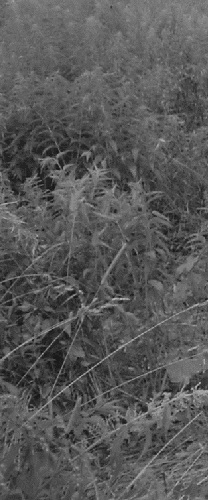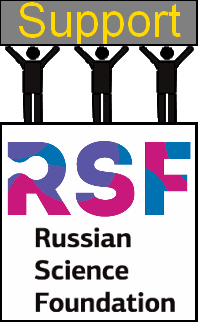Sample collection
The material is usually collected using a standard hydrobiological equipment: planktonic nets, dip nets, bottom samplers, vegetation samplers. It is necessary to note that a very inproportional distribution is characteristic for the cladocerans, i.e. in pelagic zone, and in the littoral zone where some taxa prefer some specific biotopes (i.e. bottom surface of floating leafs, specific types of bottom surface sediments etc.). It is necessary to collect the samples not only from the open water in a water body, but also in the vegetation zone, from fillamentous algae, on sandy beaches, in puddles, roadside ditches, ground waters, tree hollows, etc.
Collected material is fixed in 3-6% formol or 70-90% alcohol for morphological analysis.
Formol is preferable for faunistic studies (due to lacking any problems with preservation quality) and for SEM studies. An addition of small amount of sugar (30-40 g/l) is very helpful for preventing of covers deformation in the fixed in formol cladoceran specimens. It is regarded, that samples initially fixed by alcohol are not good for that for the SEM studies due to a dehydratation the specimens and lost of elastic properties by their covers. Probably, the optimal method for morphological analysis includes an initial formol fixation and subsequent (after a week) transferring of specimens to alcohol. Also this method allows to avoid a subsequent touch of a poisonous and cancerogenic formol. A small volume of glycerol is added to the formol sample: even in case of a non-hermetic sample, it will not be completely dried.
For genetic purposes, the specimens are fixed in cleaned 96% alcohol, the final concentration of alcohol must be at least 70%. Some time after fixation, it is preferable to change the alcohol in the sample to new one. Volume of fixative fluid must be at least 10 times more than volume of fixing material. It is also preferable to keep the samples for genetic analysis in a fridge (at temperature -20ºС) and, obligatory, out of direct sun light.
Each sample must be supplied by a proper and informative label. It is important to record the coordinates of the water body for easy subsequent finding of such water body, if an additional material will be required, and for subsequent visualization in the GIS systems.



